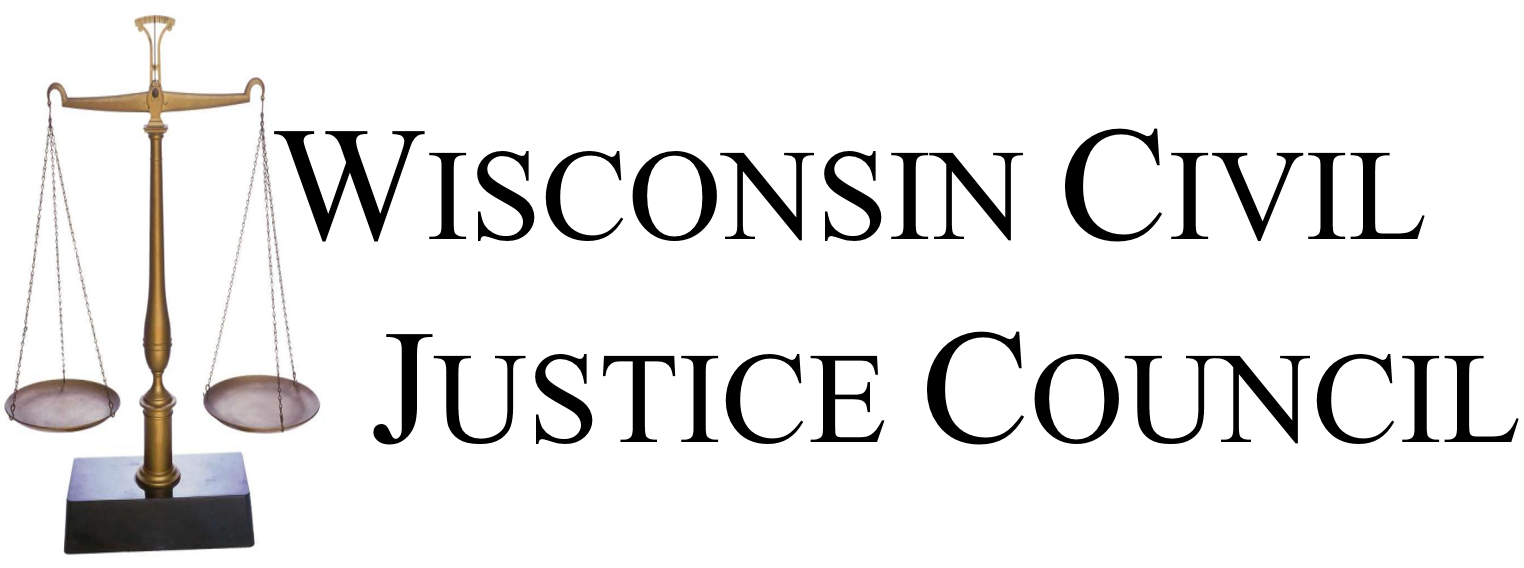The Frank case is the progeny of the 2014 case where the 7th Circuit Court of Appeals declared 2011 Act 23, Wisconsin’s Voter ID law, constitutional. One set of plaintiffs from that case petitioned the federal district court to take up a series of issues that had not been resolved in the first case. Specifically, the plaintiffs’ wanted the court to address whether or not “some persons…qualified to vote are entitled to relief because they face daunting obstacles to obtaining photo ID.” The district court refused to do so. The plaintiffs appealed to the 7th Circuit, who agreed with the plaintiffs and remanded the question to the district court (other uncontested issues were vacated).
The Plaintiffs requested relief for three classes of persons affected by the law:
(1) eligible voters unable to obtain acceptable photo ID with reasonable expense and effort because of name mismatches or other errors in birth certificates or other necessary documents; (2) eligible voters who need a credential from some other agency (such as the Social Security Administration) that will not issue the credential unless Wisconsin’s Department of Motor Vehicles first issues a photo ID, which the DMV won’t do until the other credential has been obtained; (3) eligible voters who need a document that no longer exists (such as a birth certificate issued by an agency whose records have been lost in a fire).
The Plaintiffs argue that members of the three classes above should be waived from the requirements of Wisconsin’s Voter ID law. The State argued that this issue had already been resolved in the court’s 2014 ruling upholding the constitutionality of the law. However, the court said this argument was different. In the 2014 case the argument was that if the law unreasonably burdens some individuals it must be voided for everyone. Here the plaintiffs argue that if the law unreasonably burdens certain individuals it must be voided for them.
The court compared the plaintiff’s requested remedy, that the law not apply to the three classes listed, to Indiana’s Voter ID law saying that law already protects those who are unable to comply with its ID requirement due to financial or religious reasons can have their vote provisionally counted provided they sign an affidavit.
The case will now return to the district court for further hearings.

